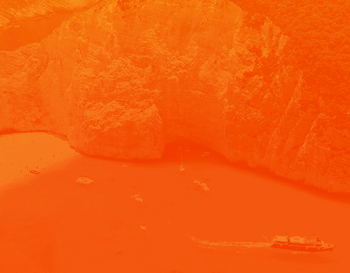During the Roman rule of Malta (c. 218BC - 5th century AD) one of the main characteristics of the Maltese landscape was the relatively large number of villas, or country houses. These villas were rather large buildings with a substantial number of rooms and in most cases they were equipped with a central courtyard and a cistern for collecting rainwater. Only a few were used exclusively as a holiday resort. The majority of the villas seem to have been the permanent residences of rich country gentlemen.
Many villas included an area set aside for the processing of olive oil and for other agricultural activities. The fact that so many villas had olive pressing equipment implies that the cultivation of olive trees was well established on the Islands and that the Maltese economy in that period depended to a considerable extent on olive oil production and by-products.
By far the largest and best preserved remains of such villas are to be found on a hillside near Burmarrad, next to, and underneath a 17th century chapel dedicated to St Paul. Excavations carried out about 40 years ago by the Missione Archeologica Italiana reveal a relatively large agricultural estate dating from the 2nd to 3rd centuries B.C.
The site has a long and complex history. The villa was preceded by a Punic building, and survived until the Arab conquest of the Islands in the 9th century. The villa itself consisted of a residential area, which has brought to light some beautiful wall paintings, and of another section which was intended for agricultural industry. The main activity here was without doubt the crushing of olives for the extraction of oil. Finds supporting this theory include an olive-pipper and huge rectangular blocks of stone on which the wooden structures of the olive-presses would have been mounted.
The present chapel of St Paul, or San Pawl Milqi, dates from 1616 although it was built on the site of an earlier, 15th century church. San Pawl Milqi means 'St Paul is welcomed'. It is commonly believed that this was the place where Publius, the then Island's Roman governor, welcomed St Paul and where the Apostle preached after his shipwreck on Malta in around AD 60. However, studies and research that has been carried sometimes are difficult to reconcile with this popular tradition. The most important aspect of the site still remains the finds of the villa which shed light on the nature of the Maltese economy under the Romans.


Similar Topics
-
Hotel San Pawl
Posted by Liverpool_Lass in Malta and Gozo Discussion Forum
-
Hi from Malta
Posted by Glynis HT Admin in Malta and Gozo Discussion Forum
-
AIR MALTA ... Q&As
Posted by dolphin251270 in Flight Only / Airline and Airports
-
Anyone been to Malta yet
Posted by sooze29 in Malta and Gozo Discussion Forum
-
Air Malta
Posted by maltable in Malta and Gozo Discussion Forum
